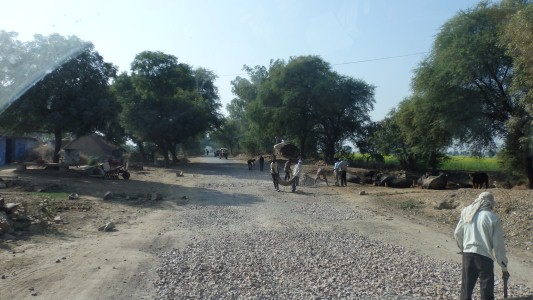
Just over 200 km away. Two days.
Road building is predominantly by hand.
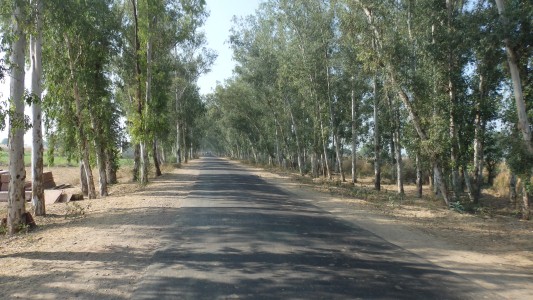
we have reports that the roads of Rajasthan are 'better'.
At least some stretches are good.
Lined with gum trees to remind us of Oz.
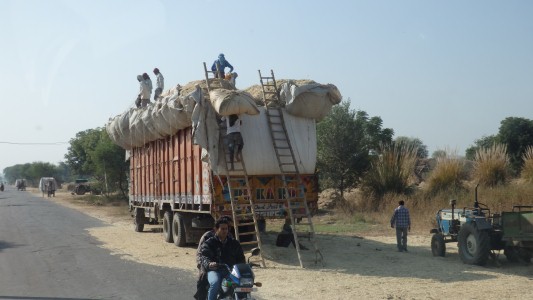

We are guessing the soil is quite sandy and poor as the canola stems are much further apart than we have seen elsewhere.
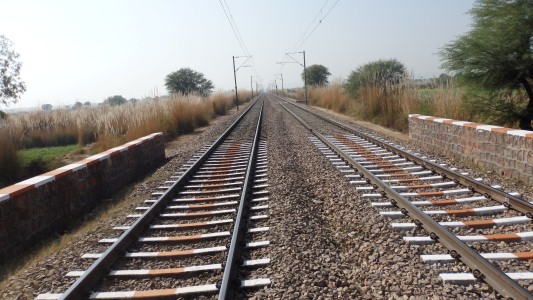
The railway does a better job than the roads of heading directly to Sawaimadhopur.
We cross it a few times.

We aren't going there, but perhaps this pink sandstone is.
We are near Gangapur.
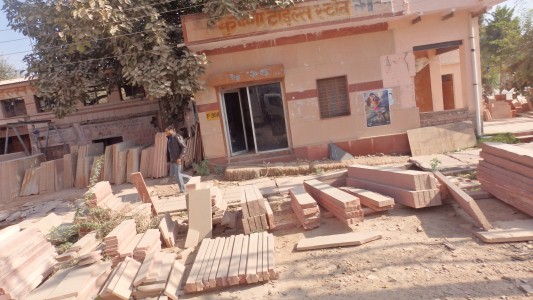
It seems the sandstone is cut to standard shapes and lengths.
Like wood really!
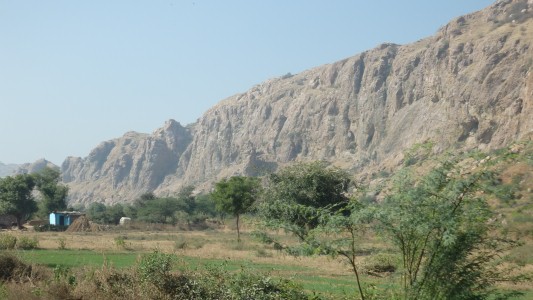
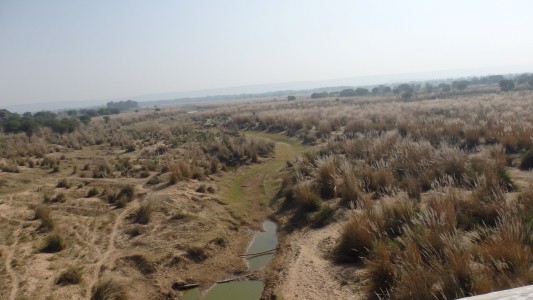
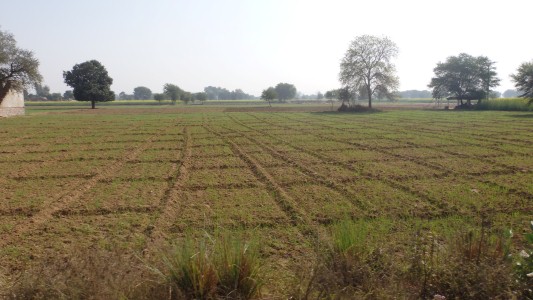
Then organised into smaller patches for sowing and irrigation.
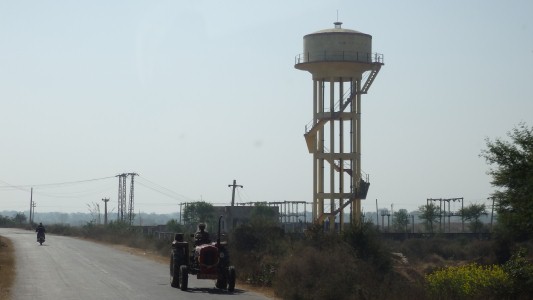
Water has been hand pumps from the ground.
This looks like part of reticulation.
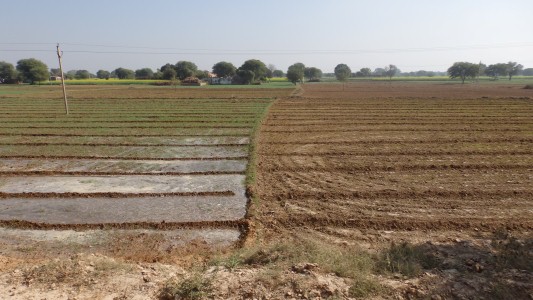
Given the state of the fields its almost as if growing things is continuous.
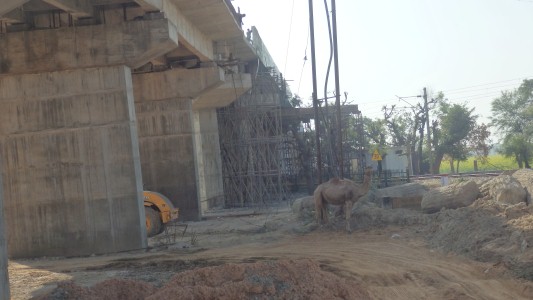
We guessed the overpass wasn't ready for us.
But there's no level crossing.
We spent a half hour or so finding the detour.
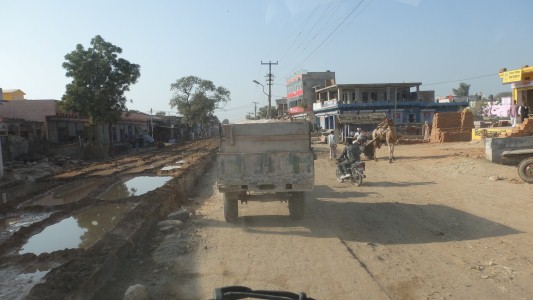
The ponds on the left seem to be part of providing a firm base for the new road.
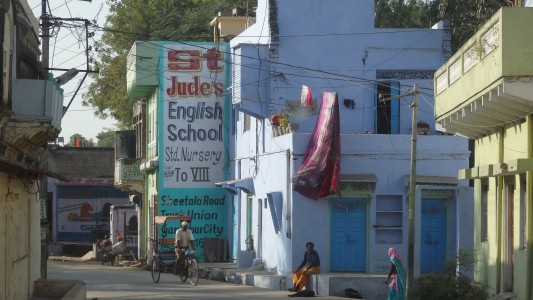
We rarely see adverts for anything beyond schools and mobile phone networks.
We are not sure whether to be a little peeved - Rajasthan is considered roaming for mobiles. The sms informing us mentioned "unless you have an internet plan", so hopefully we have and its ok. May be a trap for others. China was a bit the same.
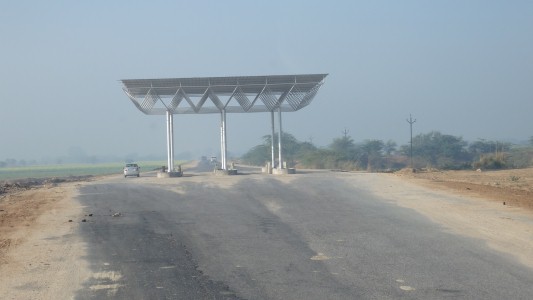
This one is miles from anywhere and either incomplete or abandoned.
A big step up and down for the concrete plinth.
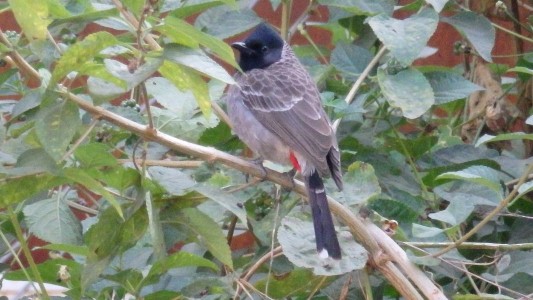
Complete with red vented bulbul that must have followed us from Nepal.
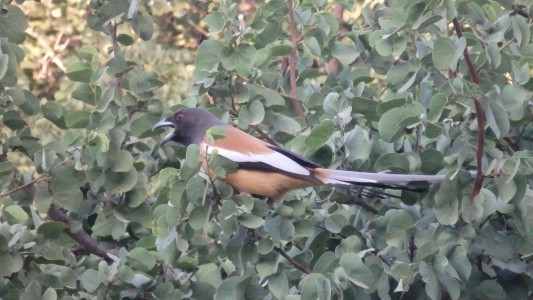
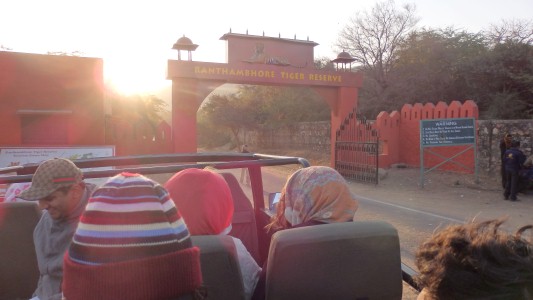
Organised by hotel reception. Picked up from the hotel.
All rugged up for a morning tiger viewing.
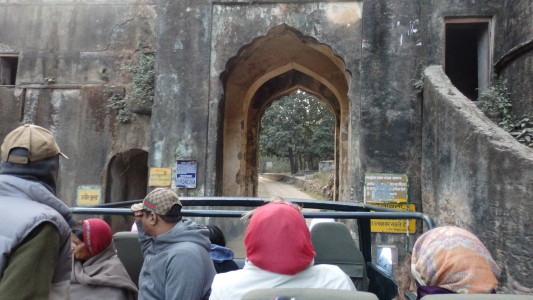
There was once a fort.
And a gate.
Our driver lost the door here. The poor welds on the hinges broke on impact, cleverly saving further damage.
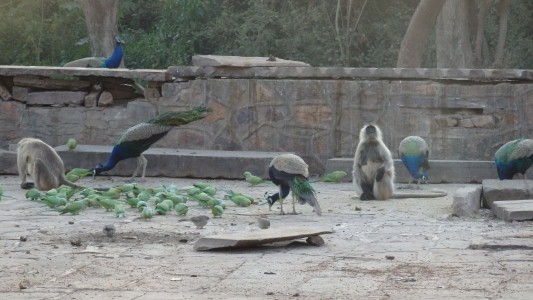
I thought they were food spread for peacocks and monkeys.
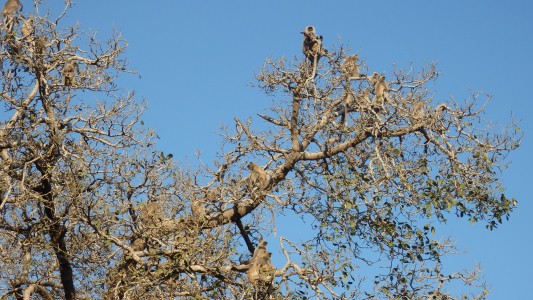
These have long tails so must be langurs.
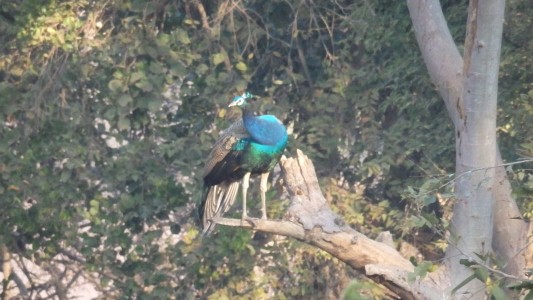
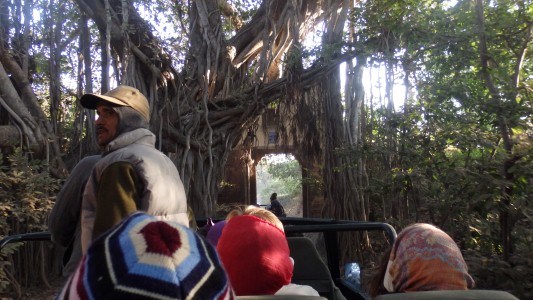
That's our intrepid guide stood up.
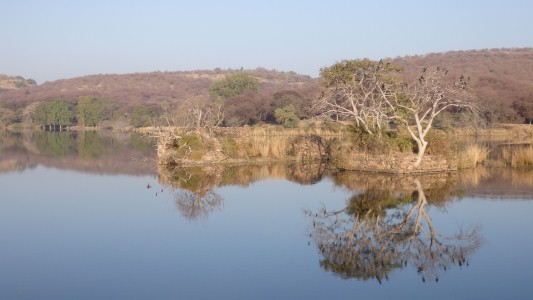
Basically we are in 'zone 3' and are driving around the lake.
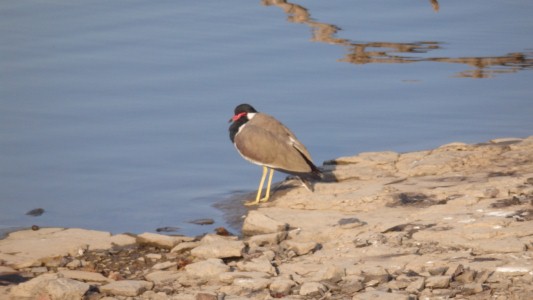
Water birds.

Binoculars that the guide found useful.
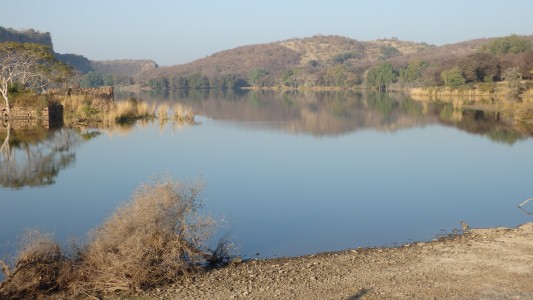
But just in case we have down jackets with us.
And wooly hats.
And woollen gloves.
Not too bad in the sun, but a tad draughty on the move.
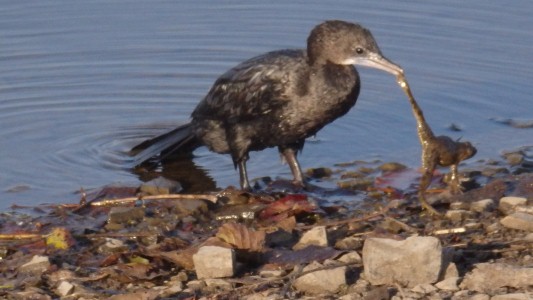
Frogs (or toads) of course.
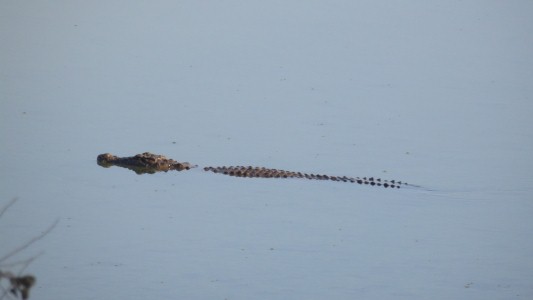
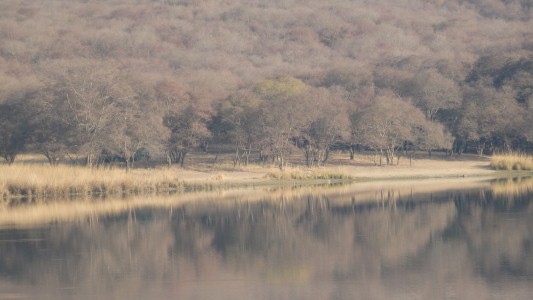
Part of a band of savannah that circles the globe at this latitude.
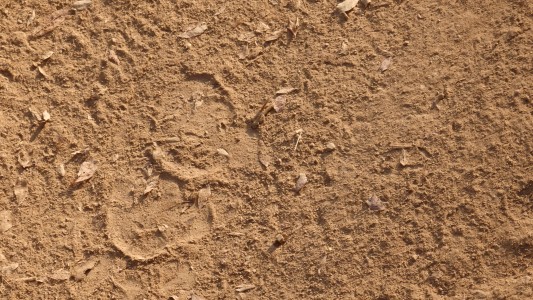
Where all we saw was elephant droppings.
Fresh tracks of a tiger.
We are told there are two approaches in seeing tigers.
One is to look for tracks. The other is to watch and listen for other wildlife that has been disturbed.
We are hoping there's a third way ... that other guides tell our guide where they've seen tigers.
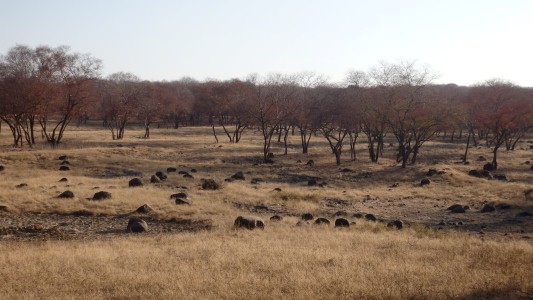
And open grassland.
We seem to be embarked on a semi random search algorithm for a moving needle who's aim is to stay hidden in a very large haystack.
Destined to head for where the needle was as we have no idea where it will be.
The radio collars that used to be used were removed a few years ago when it was discovered they interfered with mating.
I guess removal also subtly changed the game of cat and people.
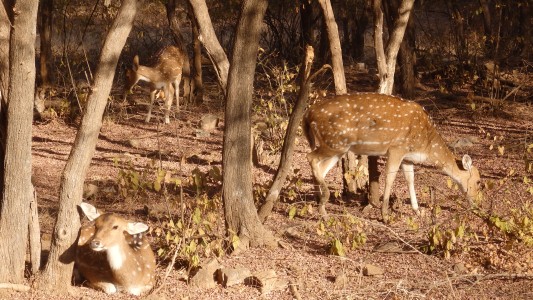
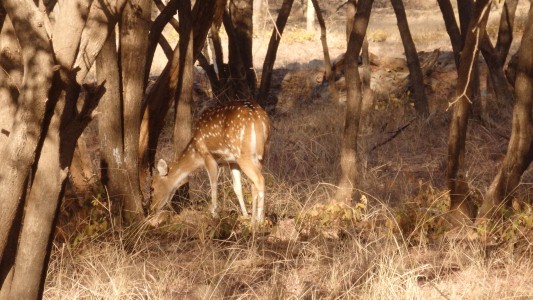
Maybe in their possible role as future tiger food they can offer us guidance.
Though apparently tigers prefer the sambar.
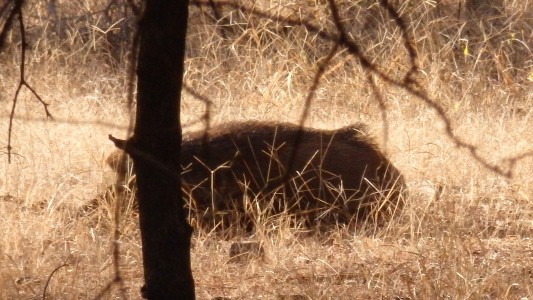
A large boar.
Probably too big for tiger fodder.

Merzouga in Morocco.
In Morocco they were ruddy shelducks. In India brahminy ducks.
Maybe not the same pair!
Bird migration tends to be north - south rather than east - west.
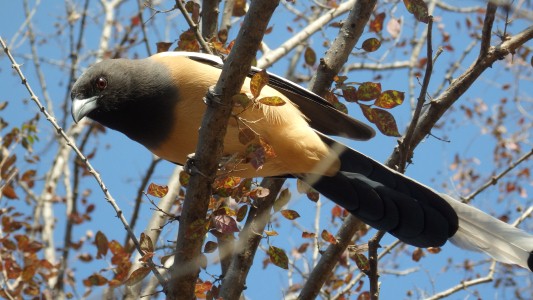
Careful not to be directly under it.
Though our neighbour in the truck wasn't so lucky.
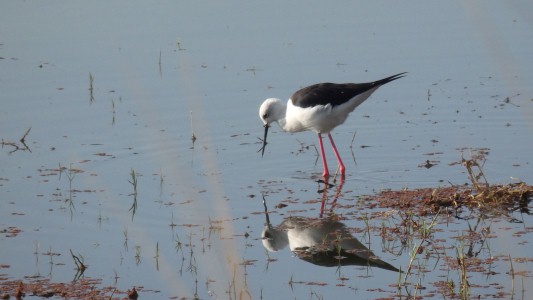
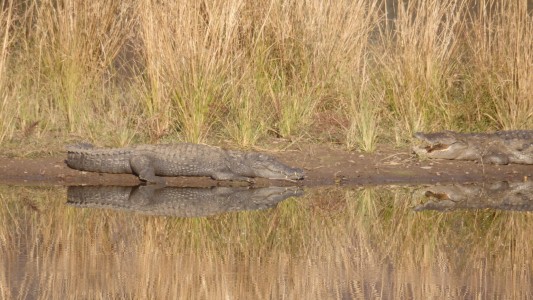
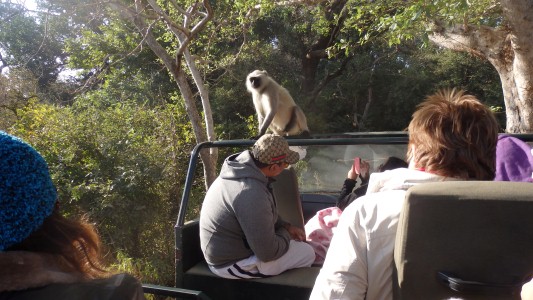
The guide needed a stick.
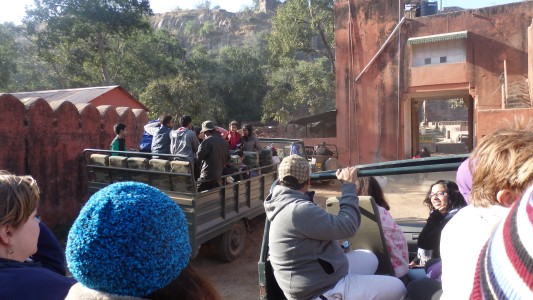
We thought we may have been lucky.
Maybe the cynical German was right ... all a hoax.
His partner was keen to go home.
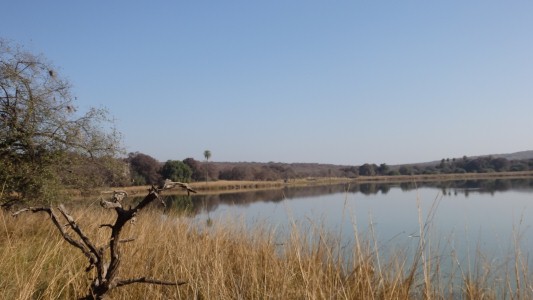
We haven't quite used up our allotted time and there are reports of a tiger sighting.
We turn round.
Around here our guide became excited and the driver doubled our speed.
The level of anticipation in the truck even effected the cynical Germans and the previously unaffected American.
Calmest of all were the majority Indians.
And ourselves, of course.
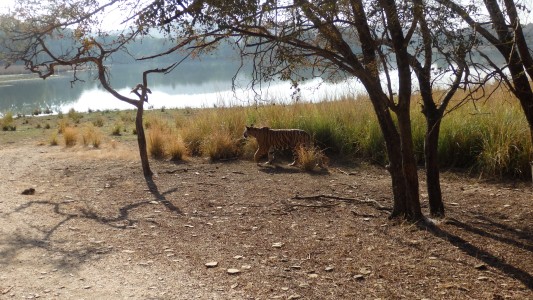
An exhibitionist bengal tiger.
Out for a morning stroll in the park.
At this time of year there is lots of water.
In Summer the waterholes dry up and sightings near the lake are more frequent.
It helps that the tigers are territorial.
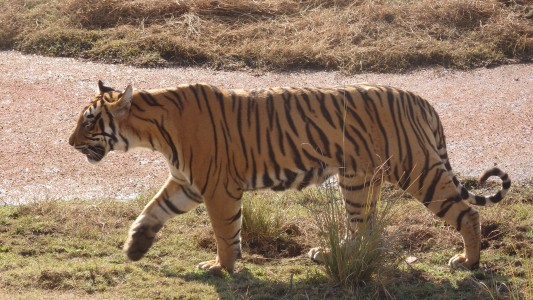
A steady saunter towards the long grass.
It really is as if we aren't here.

Our approximately 60 seconds of tiger watching came to a predicatble end as it disappeared from view.
The crowd applauded.
The guide saw rupees at the idea of an enhanced tip which he thoughtfully reminded us was usual when a tiger is sighted.
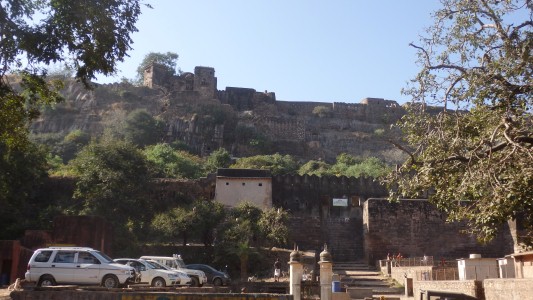
And a view of the bits of fort on the hill.
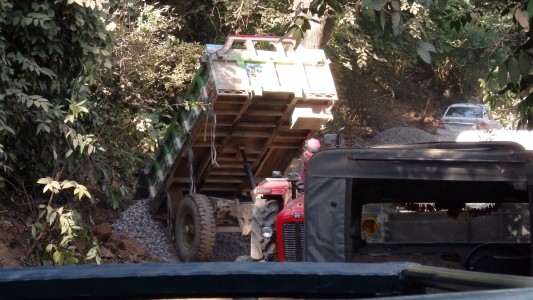
The trailers of gravel are loaded by whicker basket and hands so I was a bit surprised to see hydraulic tipping.
The mirror on the Massey Ferguson tractor (mixing it well with the Indian Mahindra and other brands) is attached to the upright exhaust.
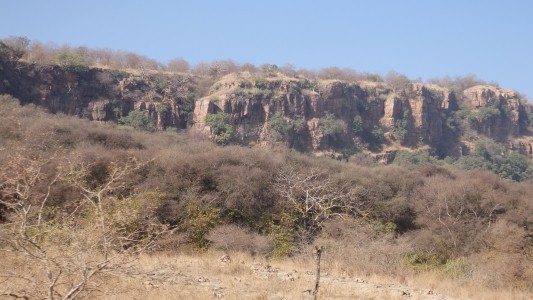
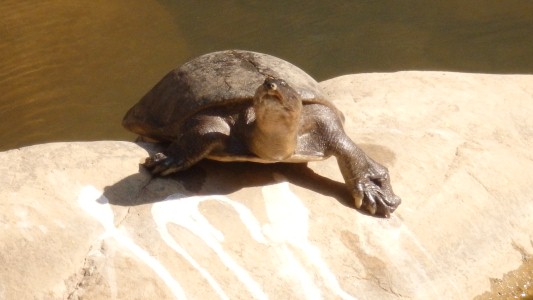
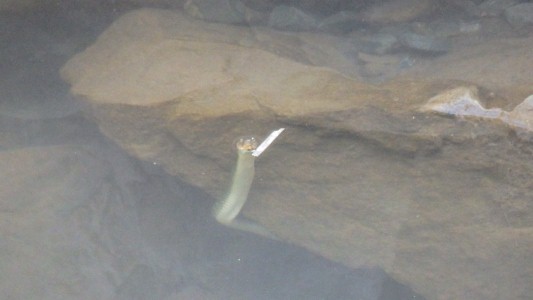

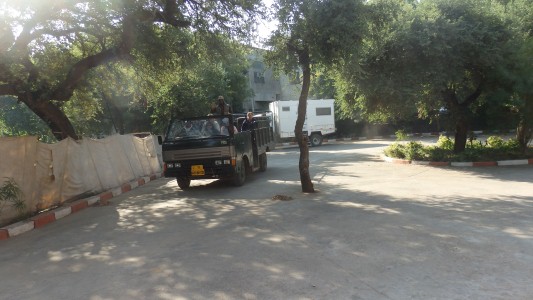
Mission accomplished. We saw a tiger in its natural habitat ........... apparently the north west limit of the species range.
Not just a tick the box experience. There's something a bit more indefinable to it.
Thanks to a seriously enthusiastic recommendation from a chance encounter with a couple of Indian couples from Delhi who we met in the hotel restaurant in Orccha.